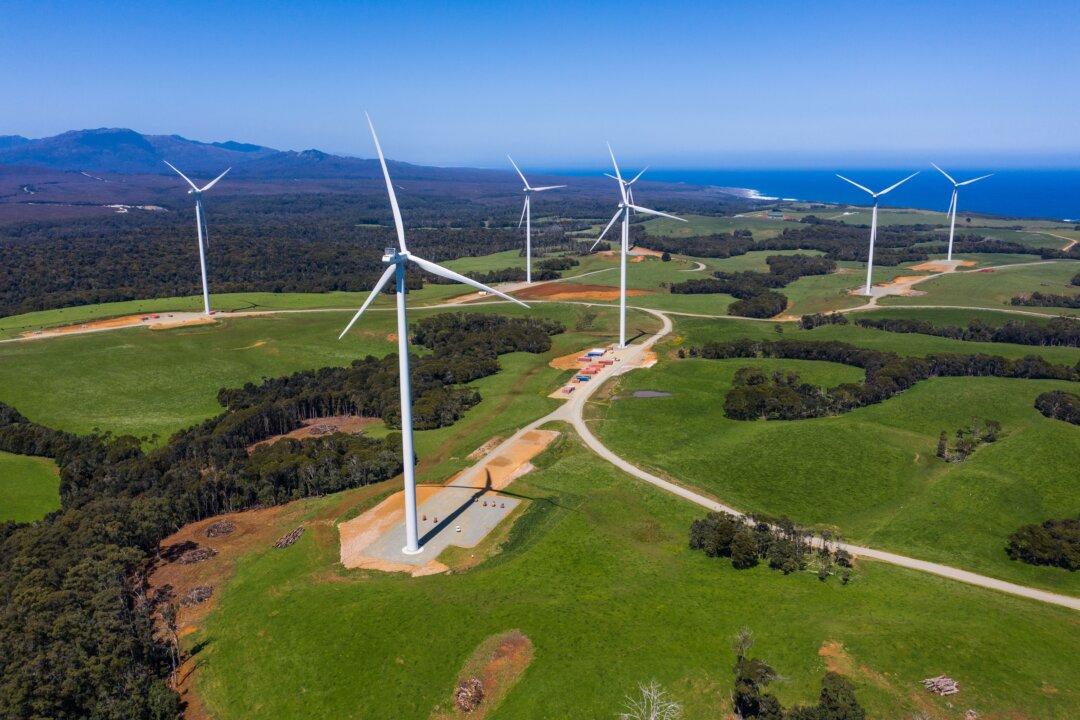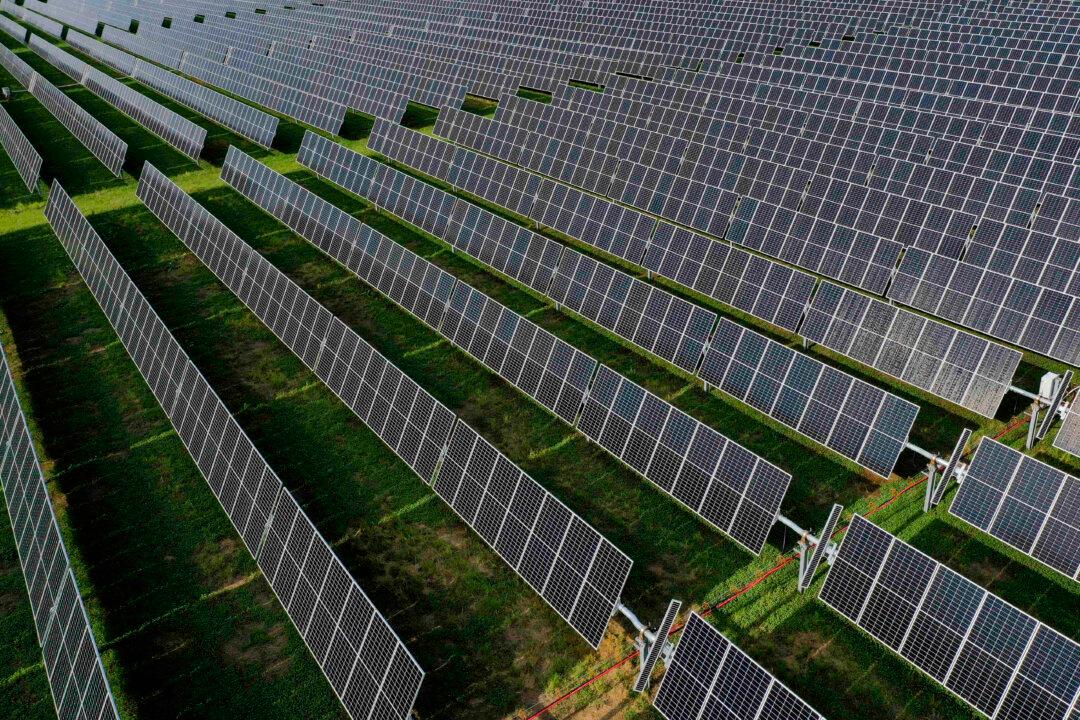The world’s renewable energy capacity will jump by almost 75 percent in the next five years, the International Energy Agency (IEA) said on Tuesday, as countries turn to solar and wind power to curb their reliance on fossil fuels.
This rapid growth, representing nearly 2,400 gigawatts of added capacity from 2022 to 2027, significantly exceeds the IEA’s forecast from last year and comes amid a global energy crisis, much of it caused by the ongoing conflict in Ukraine. The IEA predicts 5,640 gigawatts of total renewables capacity by 2027 in its main-case forecast.





